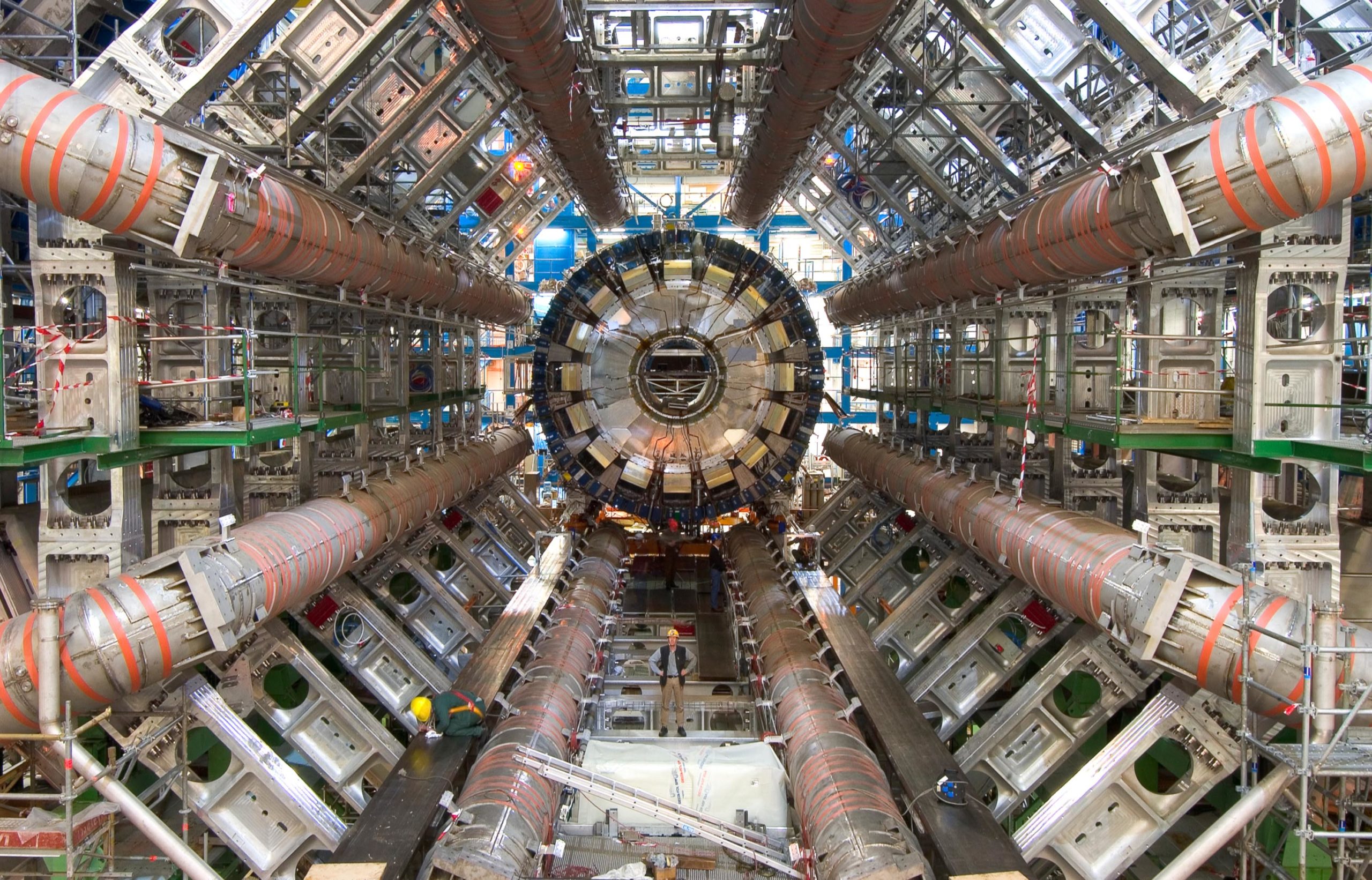
China aims to start work on a $5.2bn particle accelerator in 2027, reports Global Times.
The facility, the world’s largest, will be a circular electron–positron collider (CEPC), and its primary purpose is to force the Higgs field, which gives some other particles their mass, to manifest itself in particle form.
The aim is to build two underground rings, each with a circumference of about 100km.
This length is necessary to accelerate the beams of electrons and positrons – the anti-matter form of the electron – to near light speed.
At two points in the rings, the beams will intersect, and these will be fitted with detectors to measure their interaction.
As yet, no site has been chosen for the project.
Suitable sites have been identified in a number of provinces, including Hebei, Shanxi, Zhejiang, Jilin and Hunan.
The project was first proposed in 2012, after which active planning began in 2015 (see further reading).
The Chinese government will decide whether to greenlight the project 2025. If it goes ahead, the accelerator is expected to begin operations in 2035.
Scientists expect to spend 10 years exploring Higgs physics, followed by work on the Z and W bosons, which are thought to have a special relationship with the Higgs. These are force carriers for the weak interaction, which is one of the four fundamental forces of nature, and is responsible for the radioactive decay of atoms.
Global Times comments that the collider will form a central element in China’s high-energy physics research, but will be open to scientists around the world.
The existence of the Higgs boson, which was predicted in the 1960s, was established at the Large Hadron Collider in CERN, Geneva, in 2012.
Since then, research has established that the Higgs boson has the quantum properties predicted by the Standard Model of particle physics. However, it seems to be different in several ways from all other discovered particles, and connected to many unanswered questions in fundamental physics
- Subscribe here to get stories about construction around the world in your inbox three times a week.
Further reading:










